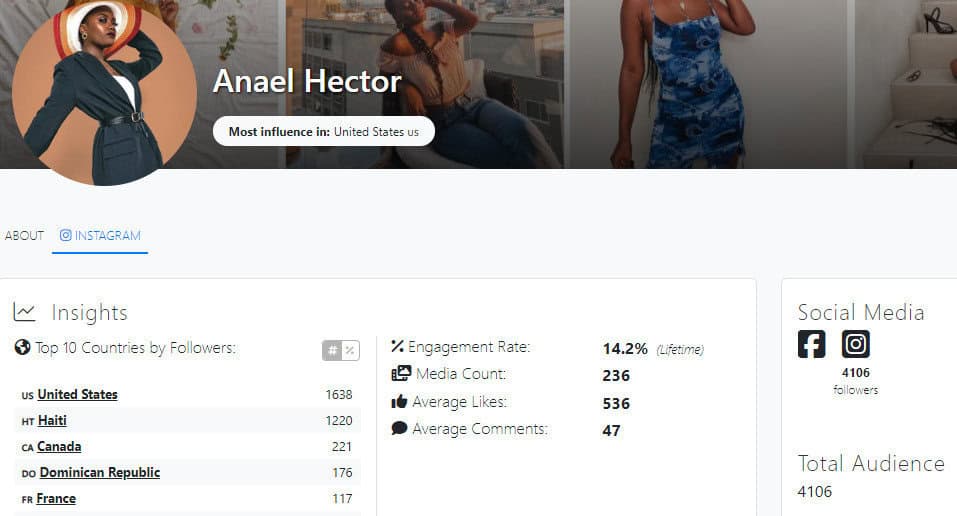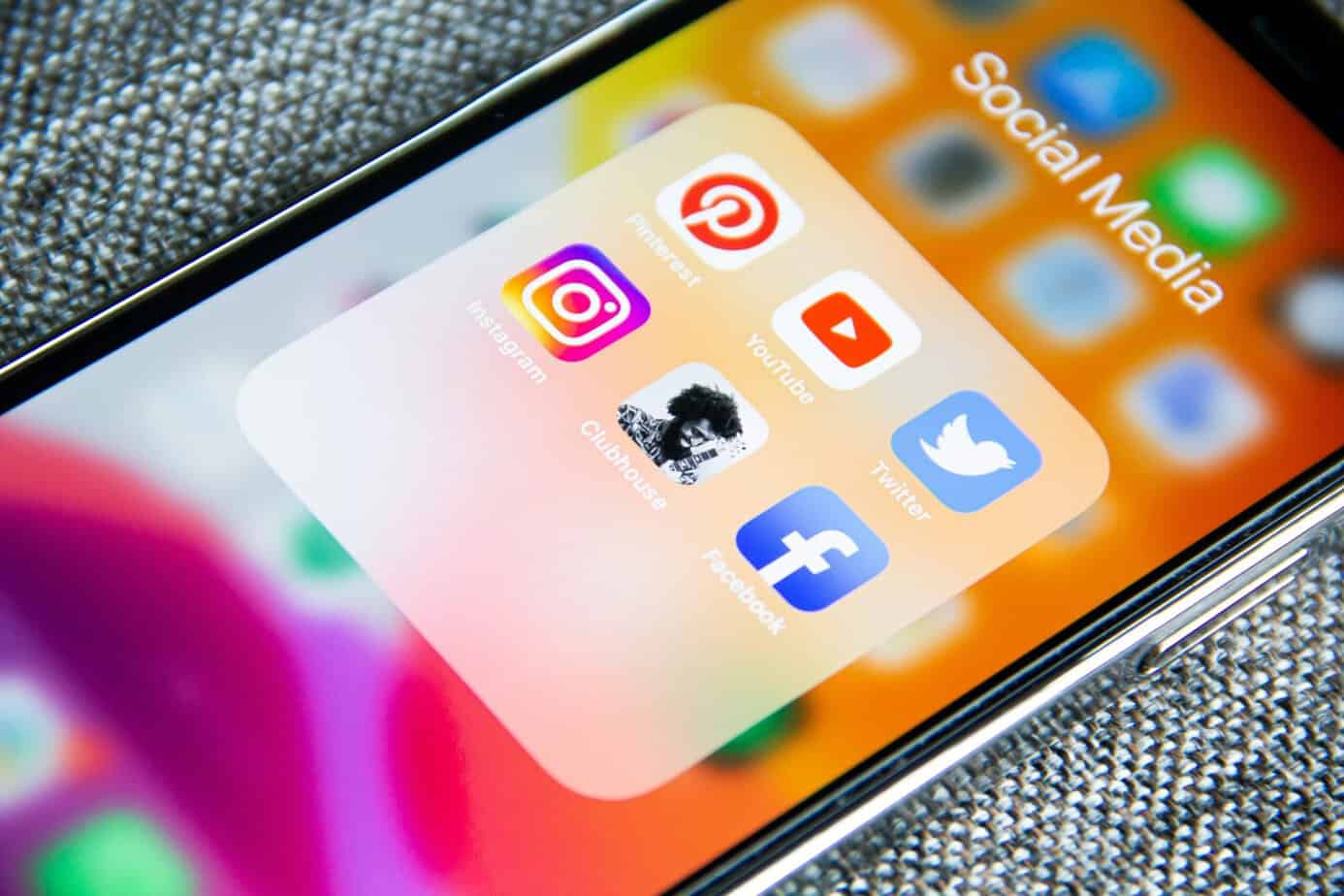Hey there, entrepreneur! If you’re in the dropshipping game, you already know the basics. It’s low-risk, high-reward, and can be managed anywhere with a WiFi connection. But how do you stand out in a crowded market? Enter micro-influencers. These social media dynamos with dedicated followings can be your secret weapon. Ready to dive in? Let’s explore how to grow your dropshipping business with micro-influencers in a way that’s fun, engaging, and highly effective.
In the fast-paced world of e-commerce, dropshipping has emerged as a popular business model due to its low overhead and minimal upfront investment. However, with the ease of entry comes intense competition. You need more than just a great product—effective marketing to carve out your niche and attract loyal customers. This is where micro-influencers come in. By leveraging their trusted voices and engaged audiences, you can boost your brand’s visibility and credibility without breaking the bank.
Crank Up Your Dropshipping Game
Tap into the influencer network and watch your sales soar with Afluencer’s micro-influencers.
EXPLORE
Why Micro-Influencers?
First things first, why micro-influencers? Think of them as the trusted friends everyone listens to. They might not have millions of followers, but they do have a loyal, engaged audience. Plus, they’re more accessible and authentic. Working with them feels like a conversation, not a commercial.
The Trust Factor
Micro-influencers build trust with their followers through consistent, genuine engagement. They aren’t seen as celebrities but as relatable individuals. When they recommend a product, their followers listen because it feels like advice from a friend rather than a sales pitch. This level of trust is invaluable for dropshipping businesses looking to establish credibility.
Engagement Over Reach
Studies show that micro-influencers have engagement rates up to 60% higher than macro-influencers. This means their followers are more likely to like, comment, share, and ultimately purchase the products they promote. For a dropshipping business, this level of engagement can translate directly into sales. Engagement is a more reliable indicator of influence than follower count, as it reflects how invested an audience is in the influencer’s content. Check out fashion and beauty micro-influencer, Anael Hector’s skyrocketing Instagram engagement rate of 14.2%. FOURTEEN. When it comes to being an influencer, the fashion niche is highly competitive so this is a big deal.

Cost-Effectiveness
Partnering with micro-influencers is budget-friendly. You don’t need a massive marketing budget to get started. Many micro-influencers are open to Collabs in exchange for free products, making it an ideal strategy for growing your new dropshipping business. This allows you to allocate your budget more efficiently, reaching a highly targeted audience without spending a fortune.
Knowing Your Audience
The cornerstone of any successful marketing strategy is understanding your audience. This goes beyond basic demographics. Dive deep into their interests, values, and behaviors. Are they eco-conscious millennials who love sustainable products? Or are they tech-savvy Gen Z-ers looking for the latest gadgets?
Creating a detailed customer avatar can help. Imagine your ideal customer: their age, job, hobbies, and social media habits. For instance, if you’re selling eco-friendly products, your customer avatar might be “Emma,” a 28-year-old environmental enthusiast who lives in a big city, loves hiking, and frequently shops online for sustainable products. Understanding these nuances helps in identifying the right micro-influencers whose audiences align with your brand.
Tools for Audience Analysis
To get a comprehensive understanding of your audience, utilize tools like Google Analytics, Facebook Insights, and social media listening tools like Hootsuite or Sprout Social. These platforms provide valuable data on your audience’s demographics, interests, and online behavior. Surveys and feedback forms can also offer direct insights into your customers’ preferences and pain points.
Finding the Perfect Influencers
Once you have a clear picture of your audience, it’s time to find influencers who can reach them. Use tools like Instagram’s search function to discover potential partners. Look for influencers who share content that resonates with your brand values and whose followers match your target audience.
It’s not just about numbers; engagement matters more. An influencer with 10,000 followers who regularly interact with their audience can be more valuable than one with 100,000 disengaged followers. Authentic engagement—comments, likes, shares—indicates a genuine connection with the audience.
Advanced Search Techniques
Beyond basic searches, use advanced techniques to find influencers. Platforms like ours, i.e. Alfuencer (#shamelessplug), offer detailed analytics, allowing you to filter influencers by engagement rates, audience demographics, and content categories. Look for influencers who have collaborated with brands similar to yours, as this indicates a potentially interested audience.

We have a wide range of content to help you navigate Afluencer as a brand, including how to get started on Afluencer, and success stories – in case, you know, you need some convincing.
Building Authentic Relationships
Reaching out to influencers should feel like starting a conversation, not a transaction. Spend some time engaging with their content before making your pitch. Like their posts, leave thoughtful comments, and share their content when relevant. This builds familiarity and shows genuine interest in their work.
When you do reach out, make it personal. Mention what you appreciate about their content and why you think your products would be a good fit for their audience. Transparency and respect go a long way in building a positive relationship.
Creating Win-Win Scenarios
Think of ways to create mutually beneficial partnerships. Offer value to the influencer, whether it’s through free products, exclusive discounts, or even monetary compensation if your budget allows. Be clear about what you’re offering and what you expect in return. A well-defined agreement ensures both parties are on the same page and sets the stage for a successful Collab.
Co-Creating Unique Content
Collaboration is key to successful influencer marketing. Instead of dictating what the influencer should do, work together to create content that feels natural and engaging. Brainstorm creative ideas that authentically highlight your product.
For instance, design challenges or themed content series that involve your product. If you sell kitchen gadgets, partner with influencers to create a “7-Day Cooking Challenge” using your products. This not only showcases your items but also engages their audience in a fun activity.
Encourage storytelling. Influencers sharing personal stories related to your product can be more compelling than a standard review. Authentic, relatable content resonates more with audiences and drives engagement.
Engaging the Community
Involving the influencer’s audience in the content can amplify reach and engagement. Utilize interactive features like Instagram Stories polls, Q&As, and quizzes. For example, an influencer could use a poll to ask their followers which color of your product they prefer or host a Q&A session about their experience with your brand.
User-generated content is another powerful tool. Inspire the micro-influencers followers to create their content featuring your products. This could be through a hashtag campaign or a contest where participants share photos or videos for a chance to win a prize. This not only increases engagement but also generates valuable user-generated content for your brand.
Measuring Success and Iterating
Growing and succeeding with your dropshipping business isn’t just about likes and shares; it’s about real, measurable impact. Track the performance of your campaigns using discount codes, or affiliate links. Monitor key metrics like engagement rate, reach, conversion rate, and return on investment (ROI).
Beyond quantitative metrics, pay attention to qualitative feedback. Monitor comments and messages to gauge sentiment. Are followers excited about the product? Do they ask questions or express interest in purchasing? Positive sentiment is a strong indicator of a successful campaign.
Establish a feedback loop with micro-influencers to understand their audience’s response. Influencers can share insights from direct messages and comments that you might not have access to. Use this feedback to refine your approach and improve future Collabs.
Scaling Up Your Efforts

Once you’ve found a strategy that works, it’s time to scale. Expand your influencer partnerships, explore new platforms, and diversify your content formats. Don’t limit yourself to just one platform. Stay ahead of the curve by exploring emerging platforms. While Instagram is popular, TikTok’s rapid growth makes it a prime platform for reaching younger audiences with creative, bite-sized content. LinkedIn might be valuable if your dropshipping business focuses on B2B products. Pinterest is great for visual products, and YouTube allows for more in-depth reviews. Each platform has its unique strengths, and tapping into multiple channels can significantly broaden your reach.
Experiment with different types of content like stories, reels, blog posts, and live sessions. Diversifying your content keeps your audience engaged and allows you to reach them in various ways.
Micro-Influencer Marketing: One of the Best Ways to Grow a Dropshipping Business
Growing a dropshipping business with micro-influencers isn’t just effective; it’s also a fun and dynamic way to build your brand. By forming genuine relationships, co-creating unique content, engaging the community, and constantly analyzing your results, you can turn followers into loyal customers. So, grab your laptop, start connecting, and watch your business soar. Happy dropshipping!
Ready to get started? Create an Afluencer account for FREE here.